HOMEPAGE | ATLAS & PHOTOGALLERY | EUROPEAN COLLECTIONS | HORTICULTURE | PROTECTION (cz) | CONTACTS | CZECH HOMEPAGE

HOMEPAGE | ATLAS & PHOTOGALLERY | EUROPEAN COLLECTIONS | HORTICULTURE | PROTECTION (cz) | CONTACTS | CZECH HOMEPAGE

Czech Cycads

Cycads in Ireland
During the summer 2010 we visited the National Botanic Gardens of Ireland in Glasnevin, on the outskirts of Dublin. For us this was one of the EU most beautiful botanic gardens with a great collection of cycads. This is the best place in Europe to see a Ceratozamia fuscoviridis, originally described here, probably the best European Encephalartos woodii and more.
Cycad People in Ireland
David Moore (1808- 1879), director of the Royal Botanic Gardens, Glasnevin, was the person who described Ceratozamia fusca-viridis (later renamed fuscoviridis). The plants in the Dublin garden probably come from this original plant.
Darach Lupton - works on Population genetics and Conservation of Encephalartos equatorialis, strangely, the species is not exhibited here.
Glasnevin - National Botanic Gardens in Dublin
Several plants of Ceratozamia fuscoviridis exhibited here are probably descendants (pups) of the original plants from which the species was described. Some plants from here historically ended up in Florence (still existing) and Kew (not alive anymore?). So Dublin is still the best place to go to see them.
There are also several huge Encephalartos and Dioon trees, belonging to the best in Europe (see bottom photo), including a beautiful Encephalartos woodii, transvenosus, altensteinii and hildebrandtii and a Dioon spinulosum. The mature Encephalartos ferox just coned in August besides similar sized Macrozamia communnis.
Two years ago the cycads were brought to a single greenhouse so the African species are not separated anymore. Please find a list of all the cycads shown in the National Botanic Gardens in Glasnevin are as follows (data taken from the garden website):
Cycadaceae
Cycas media 1997.0763 (TH); 1997.0764 (CLCB).
Cycas pectinata 1999.2167 (TH).
Cycas revoluta 1975.0586 (CLCB); 1975.1122 (CLCB); 1987.0019 (CLCB); 1997.1241 (CLCB); 2001.0087 (PT).
Cycas revoluta 2001.2280 (PT).
Cycas rumphiana (?) 1997.0050 (TH).
Cycas rumphii 1997.0765 (TH).
Cycas thouarsii 1898.000890A (TH); 1898.000890B (PT).
Stangeriaceae
Stangeria eriopus XX.000907A (TH); XX.000907B (TH).
Stangeria eriopus var. schizodon XX.000909 (PT).
Zamiaceae
Ceratozamia kuesteriana 1913.000885A - male (TH); 1913.000885B - male (TH); 1913.000885C - male (TH); 1913.000885D - male (TH); 1913.000885E - male (TH).
Ceratozamia mexicana 1997.0751 - male (TH); 1997.0752 - male (CLCA); 1997.0753 - male (CLCB); XX.000886A (TH); XX.000886B (TH); XX.000886C (TH); XX.000886D (TH); XX.000886E (TH).
Ceratozamia mexicana var. brevifrons XX.000887A (TH); XX.000887B (TH); XX.000887C (TH).
Ceratozamia mexicana var. longifolia 'Fusco-viridis' XX.000888A (PT); XX.000888B (TH); XX.000888C (PT); XX.000888D (TH).
Ceratozamia robusta XX.000889 (TH).
Dioon edule XX.000894 - male (TH).
Dioon edule var. edule 1997.0755 (TH).
Dioon spinulosum 1997.0756 (CLCB); 1997.0757 (CLCA); XX.000895 - male (TK).
Encephalartos 1904.004071 (TH); 1990.0477A (TH); 1990.0477B (TH); 1990.0477C (TH).
Encephalartos altensteinii XX.000897A (TK); XX.000897B (PT).
Encephalartos ferox 1981.1713 - male (TH).
Encephalartos hildebrandtii XX.000896 (PT).
Encephalartos lebomboensis 1997.0758 (CLCA); 1997.0759 (CLCA). Encephalartos lehmanii 1903.000899 (CLCA).
Encephalartos lehmanii var. dentatus XX.013352A (CLCA); XX.013352B (TH). Encephalartos natalensis 1981.1716 (CLCB); XX.000898A (TK); XX.000898B (TH). Encephalartos transvenosus 1898.000900 (TK); 1981.1717 (TH).
Encephalartos trispinosus 1981.1718 (CLCA).
Encephalartos villosus XX.000901A (TH); XX.000901B (TH); XX.000901C (TH). Encephalartos woodii 1905.000902 - male (TK).
Lepidozamia hopei 1997.0760 (TH); 1997.0761 (TH).
Lepidozamia peroffskyana 1997.0762 - male (CLCB).
Macrozamia communis XX.000905 (TH).
Zamia furfuracea 1981.1722 (TH); 1999.1071 (TH); 2002.1835 (PT); 2003.0847 (CN).
Zamia integrifolia 2002.1836 (PT); 2003.0848 (CN).
Zamia loddigesii var. latifolia 1898.000910A (TH); 1898.000910B (TH);1898.000910C (TH); 1898.000910D (TH); 1898.000910E (TH); 1898.000910F (TH); 1898.000910G (TH); 1898.000910H (TH); 1898.000910J (TH);
1898.000910K (TH).
Zamia picta 1997.1377 (TH).
Zamia pumila 2002.0922.
Zamia pygmaea 1997.1243 - male (CLCB).
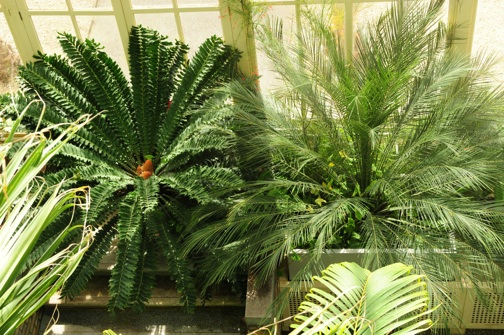
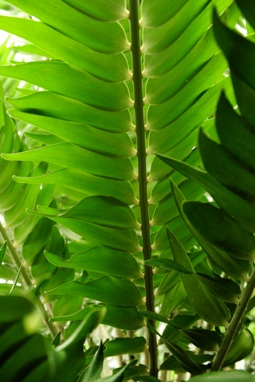
Photos top:
1.Entry to the Glasnevin gardens
2.Ceratozamia fuscoviridis with its typical brown young leaflets
Cycads in Europe & other countries
We are gradually mapping the European collection of cycads. Until now, we have done the following. Read more in our articles
•Czech Republic (CZ) - some of the text can be also found on our English homepage - with some of the oldest Encephalartos altensteinii and the tallest Cycas circinalis and Microcycas calocoma in Europe as well as a nice collection of fossil cycads
•Belgium (CZ) - This article adds information to the text published by Whitelock on Encephalartos laurentianus, the species described from the plants from the Belgian Congo, still in collection in Meise
•Cuba (EN) overview of the 8 Cuban species according to Flora de Cuba, with rare habitat photos - isolated country with not much information published abroad. The only article on the web.
•Denmark (EN) with the oldest Zamia lindenii in Europe
•Ireland (EN) - the birthplace of Ceratozamia fuscoviridis in Dublin
•the Netherlands (EN) with a beautiful collection in Leiden
•Poland (EN) with some historical plants from the original Warszewicz garden in Krakow, a fantastic group of Stangeria and 200 yrs old plants of Ceratozamia mexicana
•Portugal (EN) - see also our photo gallery from Lisbon
•Russia (EN) - CVs of Küster, Katzer and Perovsky after whom cycads were named
•Slovakia (EN) - with one of the EU well known cycad seed sellers
•Sweden (EN) with probably the largest Zamia pseudoparasitica on public display in Europe

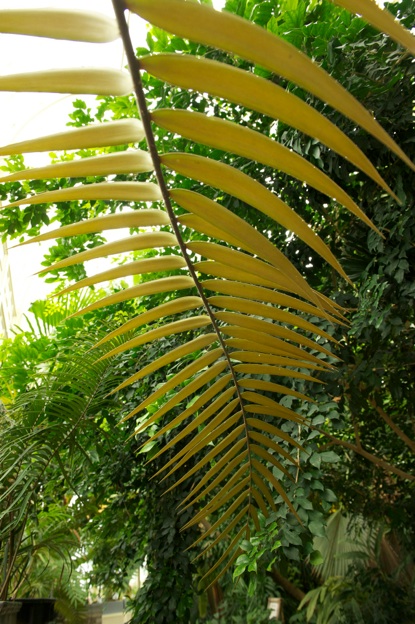
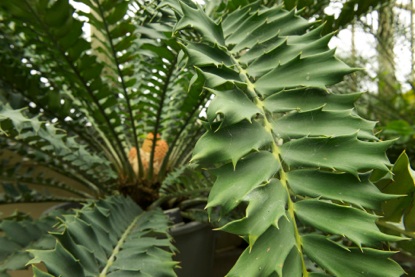
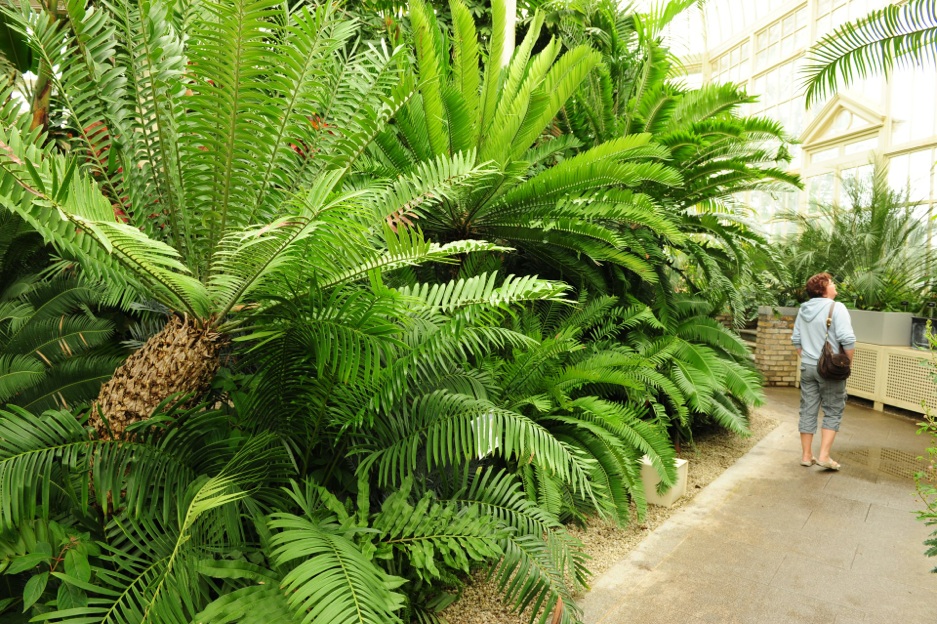
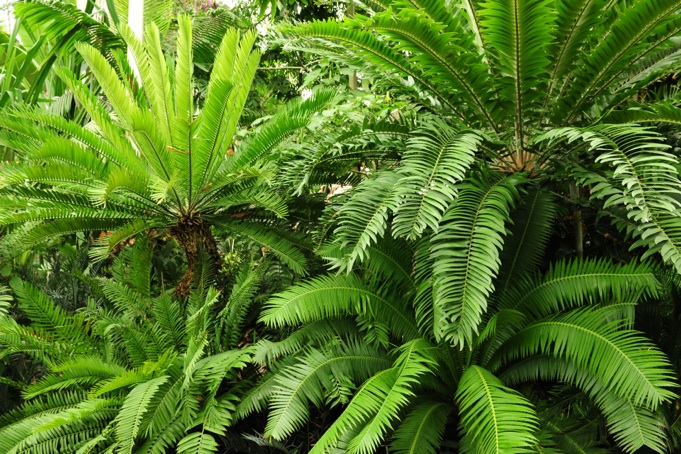
Photos
1.Large specimen of a coning Encephalartos ferox and a Macrozamia communis
2.Encephalartos woodii leaflets
3.Encephalartos woodii on the right is probably the tallest and best kept in Europe. Certainly better than in Kew or Amsterdam.
4.Tall Dioon spinulosum
5.Encephalartos lane - altensteinii and woodii (>100 years old)
6.Encephalartos lane - transvenosus, altensteinii and woodii (>100 years old)